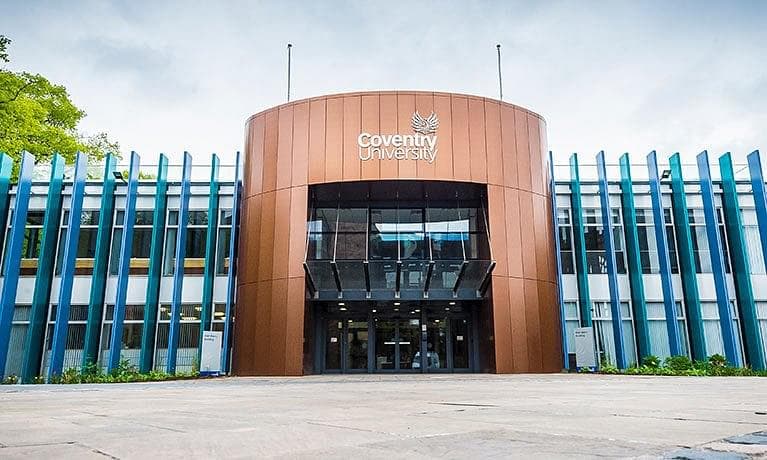Why you should study this course
The aim of this course is to develop your understanding of coders’ and game developers’ needs, while addressing the visual needs of games development. This course offers you opportunities to work with animators and illustrators to develop your core skills in drawing, perspective and concept development. You will also be taught the trends and technical developments within the games industry.
When you have successfully completed this course, you should be able to demonstrate knowledge and understanding of:
- The representation of human and animal form, anatomy and motion, natural environments, architecture and artefacts.
- The aesthetics of photography, film and narrative animation and your impact upon games art KU3.
- The communicative and immersive role of design for user interfaces.
- A broad range of image manipulation technologies including 2D and 3D design and rendering applications.
- Augmented Reality & Virtual Reality using HTC Vive/Oculus Rift, Game Engines such as Unreal Engine and Unity.
- Technical requirements of art assets produced for integration into programmed elements of games.
- Working processes and cross-disciplinary roles in the games and related industries.
- Ethical dimensions relevant to the representation of interpersonal and social interactions.
- During your course of study, you may be invited to take part in regular study trips to exhibitions and events (availability and additional costs may apply).
What you'll study
The course responds to the growth in the games art sector and the expansion of animation and computer graphics training from the fields of film and television to include the highly-rendered environments within games, with their increased focus on character driven narratives.
Based around professional studio culture, we will teach you high level art skills relevant to the games industry, encompassing visual design and practical games production, immersing yourself in 3D environments and developing in-game content using industry standard 3D modelling, mapping, materials, rigging and dynamic effects.
Year one
In your first year, we introduce you to the games industry, its expectations and the core skills you will need for the next three years of this course.
We teach a range of effective techniques used in idea development and concept visualisation, such as brainstorming, the use of game art genres, photographic and digital design elements, and how to communicate and present concepts. We also offer you opportunities to use specialist software training such as Maya and the Adobe Creative Cloud.
Modules
-
Concept Development 1 - 40 credits
-
Design and Software 1 - 20 credits
-
Collaborative Practice 1 - 30 credits
-
Professional Practice 1 - 20 credits
-
Add+vantage - 10 credits
Year two
In the second year, you have the opportunity to explore the collaborative culture of studio production, which responds to the need for collegiate communication in a professional working environment
Working as part of a creative and technical team, you take a project from concept to finished artefact, aiming to cultivate the development of high-level creative, observational, technical and rendering skills in the depiction of environments, objects and characters, as well as professional skills in communication, negotiation, persuasion and team working.
Modules
-
Self-Initiated Project - 30 credits
-
Design and Software 2 - 20 credits
-
Collaborative Practice 2 - 40 credits
-
Professional Practice 2 - 20 credits
-
Add+vantage - 10 credits
Final year
In your third and final year, you have the opportunity to create the most significant contribution to your area of practice in the form of a market analysis. You will work on an external project and develop a relevant portfolio of industry facing work that demonstrates a high level of technical and creative ability.
Modules
-
External Project - 30 credits
-
Extending Games Art Contexts - 20 credits
-
Major Project - 60 credits
-
Add+vantage - 10 credits
